Build-A-Rig Round 1: The $1500 PCs and Interviews from Corsair and Zotac
by Ian Cutress on July 8, 2015 5:15 PM EST- Posted in
- Build-A-Rig
- Corsair
- ZOTAC
- Interview
Corsair's 'The Accelerator'
When Dustin from Corsair sent me his build, it was clearly obvious where the focus was. While $1500 is a relatively large budget for a system, when you put in the high value components it starts to get tricky where the rest of the budget should be spent, and sometimes compromises have to be made. As Dustin says in his interview, the build is designed for 4K single monitor gaming, and it clearly shows.
| Corsair's 'The Accelerator' | |||
| Component | Selection | Price as Chosen |
90-Day Average |
| Processor (CPU) | Intel Core i5-4690K | $239.99 | $237.62 |
| Motherboard | GIGABYTE GA-Z97-HD3 | $89.99 | $97.99 |
| Graphics Cards (GPU) | Zotac GTX 980 Ti | $649.99 | $649.99 |
| Memory (DRAM) | Corsair Vengeance Pro 2x8GB DDR3-1866 C9 |
$104.99 | $118.36 |
| Storage (SSD/HDD) | Corsair Force LS 240 GB SSD | $94.99 | $99.51 |
| Power Supply (PSU) | Corsair CS650M Gold | $94.99 | $94.99 |
| Chassis | Corsair Carbide 200R | $59.99 | $59.99 |
| CPU Cooling | Corsair Hydro H60 | $64.99 | $64.33 |
| Operating System | Windows 8.1 64-bit OEM | $99.99 | $99.99 |
| Extras | None | ||
| Total | $1,499.91 | $1,522.77 | |
Processor (CPU) – Intel Core i5-4690K ($240)
In Intel’s processor line, the K branded models are those designed for overclocking. They cost a little bit extra, but with the right cooling can be pushed a few hundred MHz higher. The Core i5-4690K is the Devil’s Canyon quad core model without hyperthreading (the i7 has HT, but costs extra), but I often chosen as the processor that fits on the price/performance boundary for many Intel focused builds.
Motherboard – GIGABYTE GA-Z97-HD3 ($90, total so far $330)
The Z97-HD3 comprises of two factors here. The Z97 is the overclocking chipset, meaning that it fits in well with the overclocking processor. The HD3 is part of GIGABYTE’s channel range, aimed at bulk build systems but still aims to retain GIGABYTE’s level of options (such as Dual BIOS and Realtek ALC1150 audio) at a lower price point. Looking at the build as a whole, it is clear that this is an area where cost was perhaps saved in order to get the price down, otherwise one of GIGABYTE’s OC models might have been on the cards.
Graphics Cards – Zotac GTX 980 Ti ($650, total so far $980)
At almost half the cost of the whole machine, Dustin from Corsair has plumped straight for NVIDIA’s recently released high end performer aimed at 4K gaming. In an element of camaraderie, here we have Zotac’s base version of the card but it represents the core element of the system. Matched with an overclocked i5 and all in for a $1500 price point is perhaps a level of epic specification prodding, although only if the rest of the system can withstand it. The Zotac GTX 980 Ti sits with 2816 CUDA Cores on large Maxwell at 1000/1076 MHz on the core, 6GB of GDDR5 at 7010 (effective) MHz and the stock cooler.
Memory – Corsair Vengeance Pro 16GB (2x8GB) DDR3-1866 ($105, total so far $1085)
For a dual channel platform, Z97 needs at least two memory modules to achieve full memory bandwidth. The dual channel kit here is not the best and brightest, but it does represent a small increase over the base speed (1600 MHz) and for 99% of users, the 16GB amount should be more than enough.
Storage – Corsair Force LS 240GB ($95, total so far $1180)
The sole drive in the system is Corsair’s 240GB budget range drive, featuring the Phison PS3108 controller which Kristian reviewed here. In most cases, especially in 2015, one of the biggest upgrades a system could have is an SSD. Now we are over the initial entry period where some early models had performance issues, almost everything from the big brands should feel speedy. There is still a performance delta between the mid-range and the high-end, as well as some differentiation in utilities or specific features, but for a $1500 build, the SSD should still be a de-facto add.
Power Supply – Corsair CSM Series 650W CS650M 80PLUS Gold ($95, total so far $1275)
In most systems the big power sources are the CPU and the graphics card. For this build, the CPU sits at a TDP of 88W with the GPU at 250W. If we consider that the rest of the system adds on a small amount (~50W), and that we might use some extra power with an overclock (+25%), then 650W is well within the margin for the components used. As we’ll see in the interview in the next page, Corsair is very confident in their power supplies, even ones sitting in the mid-range of their product lines, to power 4K gaming builds.
Chassis – Corsair Carbide Series 200R ($60, total so far $1335)
You may be noticing a pattern here – in order to fit both the i5 and the GTX 980 Ti into the system, Corsair is having to use their entry and mid-range components in order to match the pricing. The 200R here is admittedly a low margin but higher volume product for Corsair, and at $60 we don’t see any aluminium for example. However, Corsair still retains that even their entry level components are suitable for gaming builds of this caliber.
CPU Cooling – Corsair Hydro Series H60 ($65, total so far $1400)
With CPU cooling there is obviously two ways where most companies will go: large air coolers or closed loop liquid coolers (CLLCs). There are a number of vocal detractors from CLLCs, focusing on their cost, design or even concept altogether. Corsair is head first into the CLLC market, meaning it was pretty obvious which direction they would choose. The H60 is another mid-range component, featuring a double-width 12cm single radiator with fans.
Operating System – Microsoft Windows 8.1 64-bit OEM ($100, total so far $1500)
Windows 10 is around the corner, so at this point Windows 8.1 is the defacto choice unless for some reason the builder went with a gaming system built on Linux. This is the OEM edition, meaning limited support, but it will still be viable for an upgrade to Windows 10 when the time comes.
| Corsair's 'The Accelerator' | |||
| Component | Selection | Price as Chosen |
90-Day Average |
| Processor (CPU) | Intel Core i5-4690K | $239.99 | $237.62 |
| Motherboard | GIGABYTE GA-Z97-HD3 | $89.99 | $97.99 |
| Graphics Cards (GPU) | Zotac GTX 980 Ti | $649.99 | $649.99 |
| Memory (DRAM) | Corsair Vengeance Pro 2x8GB DDR3-1866 C9 |
$104.99 | $118.36 |
| Storage (SSD/HDD) | Corsair Force LS 240 GB SSD | $94.99 | $99.51 |
| Power Supply (PSU) | Corsair CS650M Gold | $94.99 | $94.99 |
| Chassis | Corsair Carbide 200R | $59.99 | $59.99 |
| CPU Cooling | Corsair Hydro H60 | $64.99 | $64.33 |
| Operating System | Windows 8.1 64-bit OEM | $99.99 | $99.99 |
| Extras | None | ||
| Total | $1,499.91 | $1,522.77 | |
There are many philosophies regarding building a PC, particularly a gaming PC. Some say that focusing on one high profile component and building the system around it means that when it comes time for an upgrade the user can then spend on the lowest performing part each time before cycling around the system. Others suggest making the system a level playing field, so no one part is left behind acting as a severe bottleneck. With gaming, GPU performance matters, with CPU performance (particularly threads in newer titles) being a key aspect as well. This has perhaps left the rest of the system fighting over scraps, albeit with potential upgrade opportunities in the future. Though one might argue that aesthetics should also be an important aspect, especially on a $1500 build. Some will prefer the muted choice of parts, although others may want something a little more obvious. For that, it is clear that some performance sacrifices might have to be made.


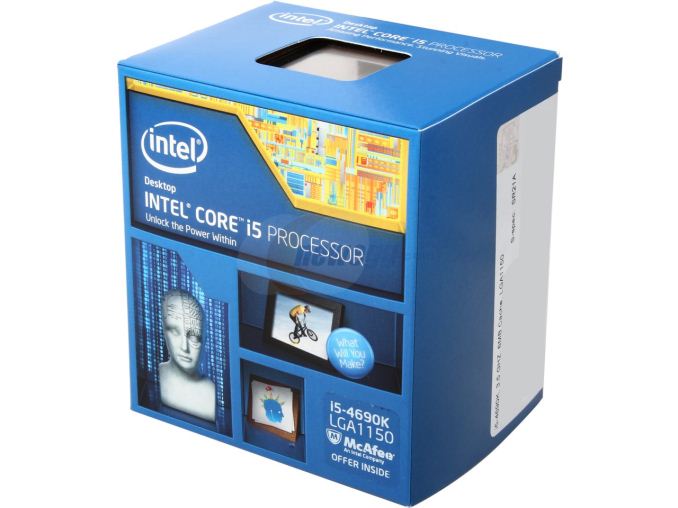
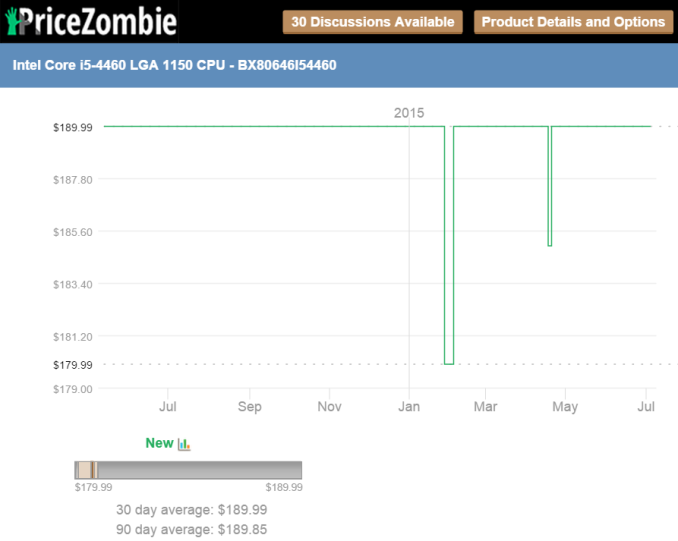
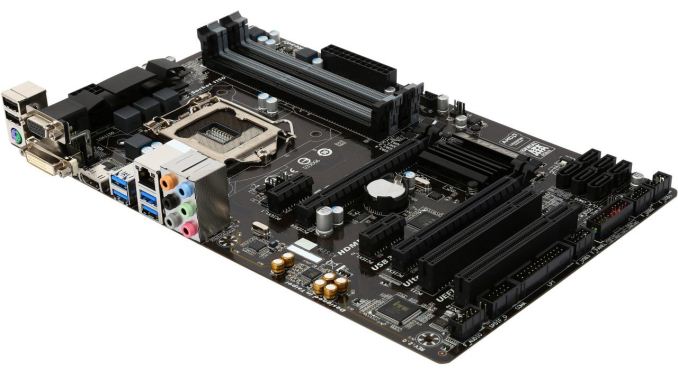
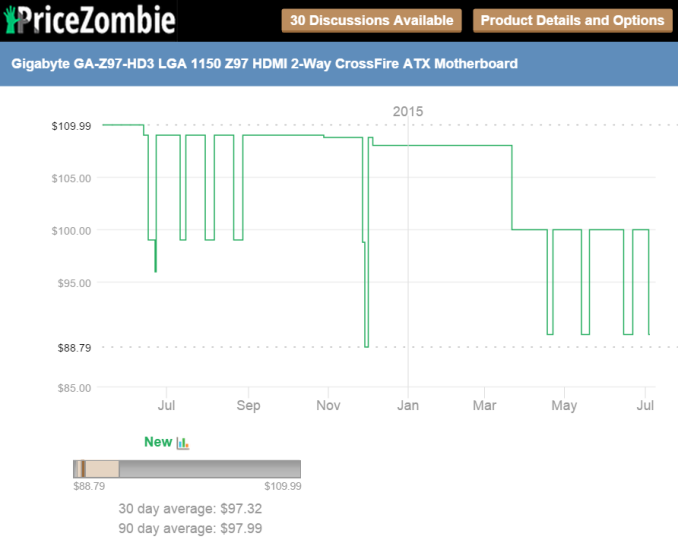
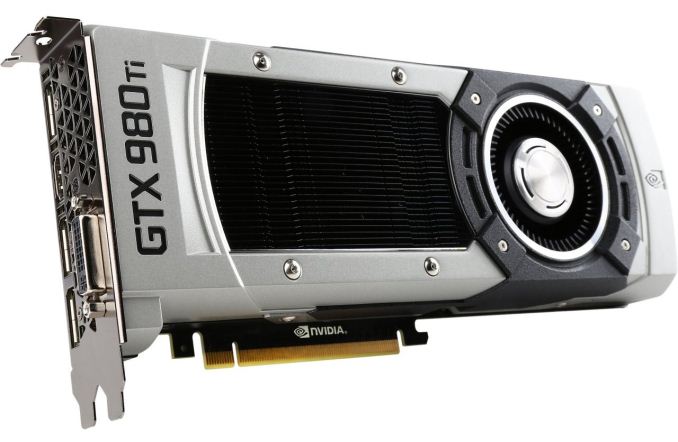
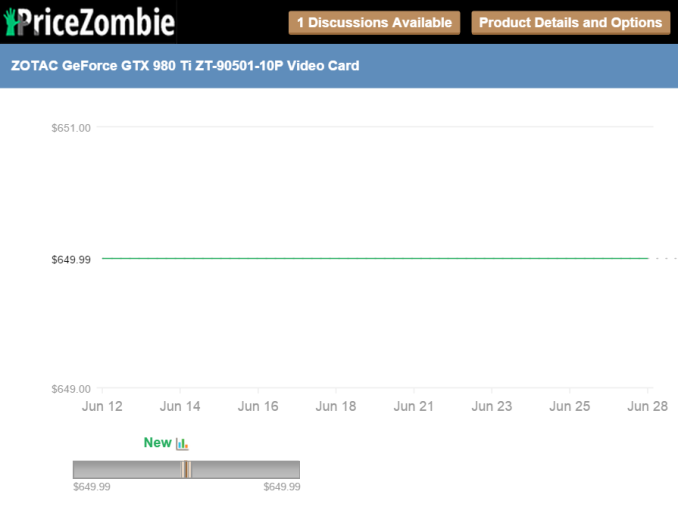
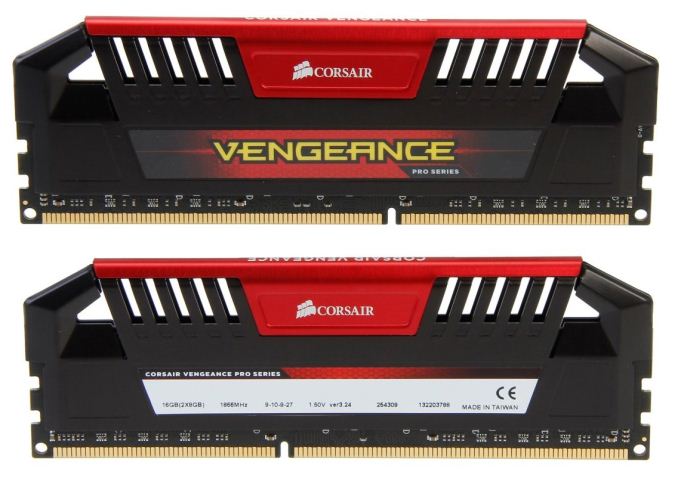

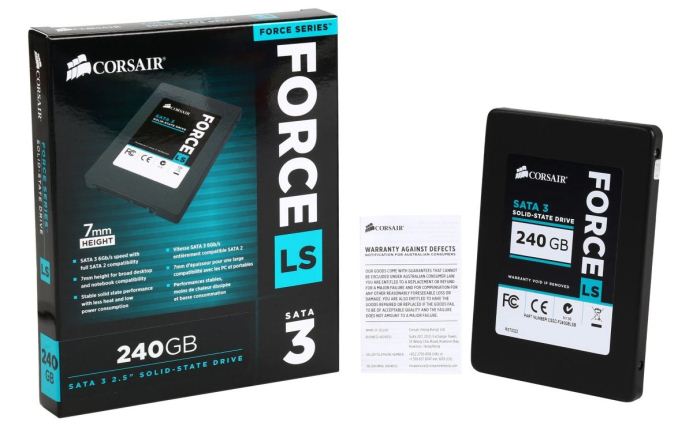
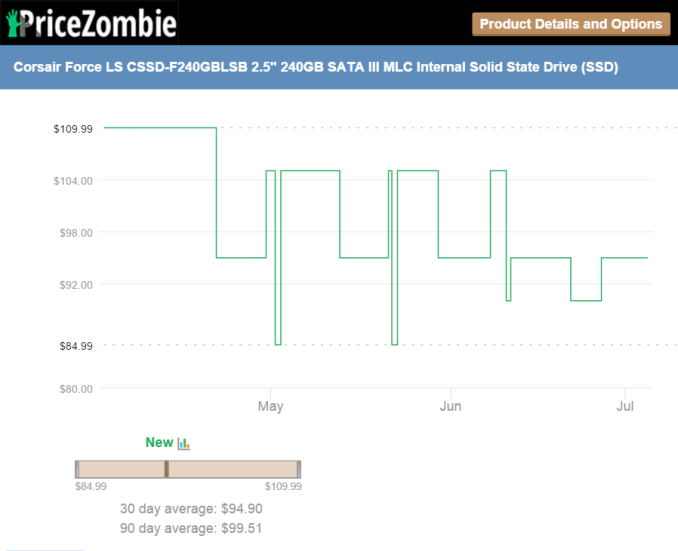


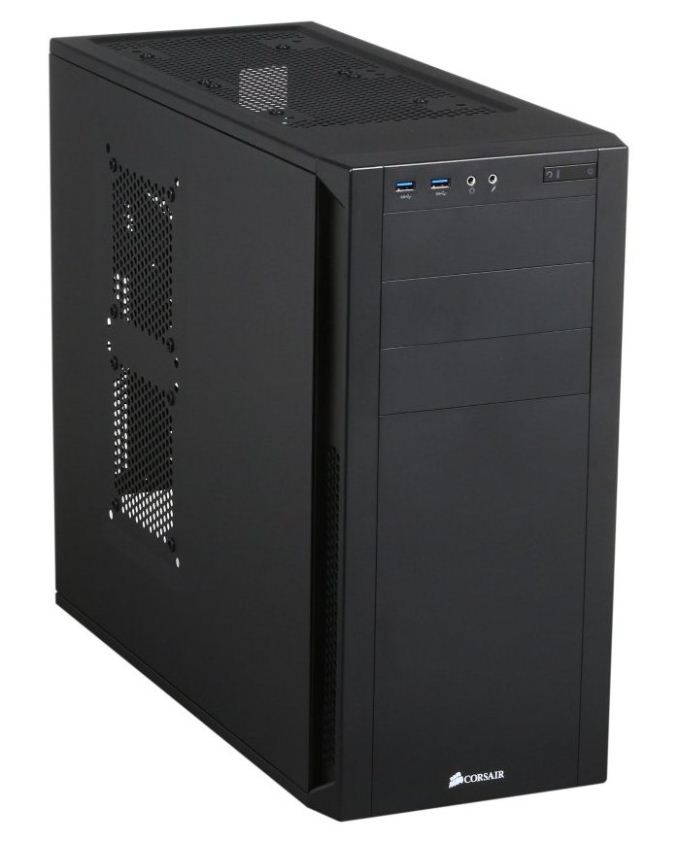
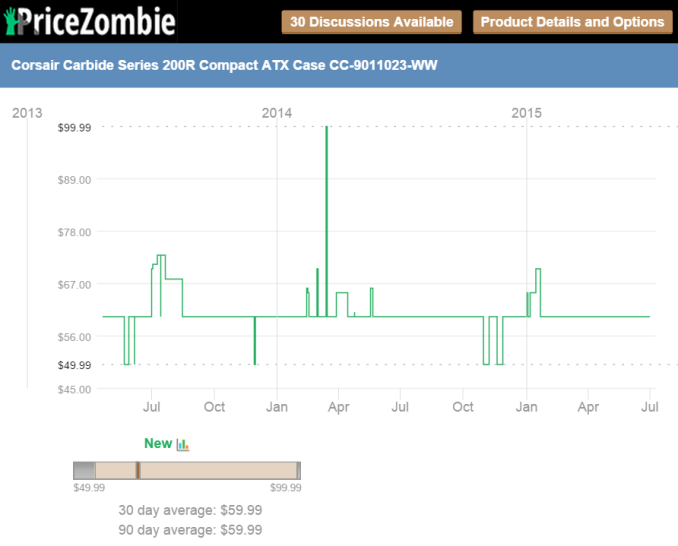
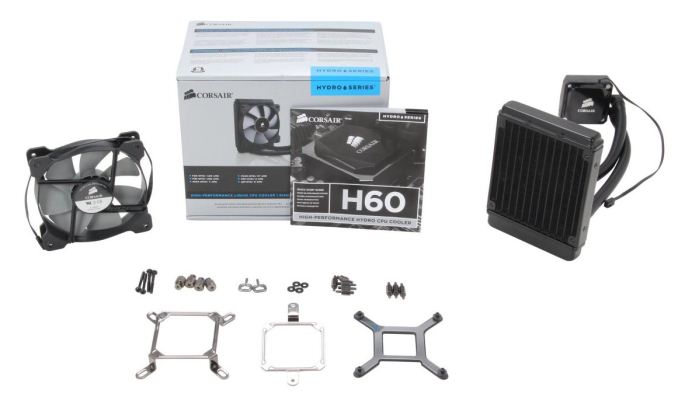
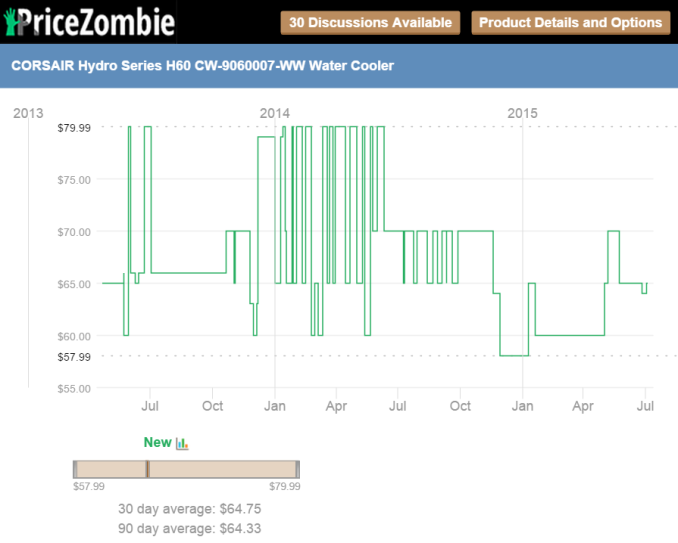
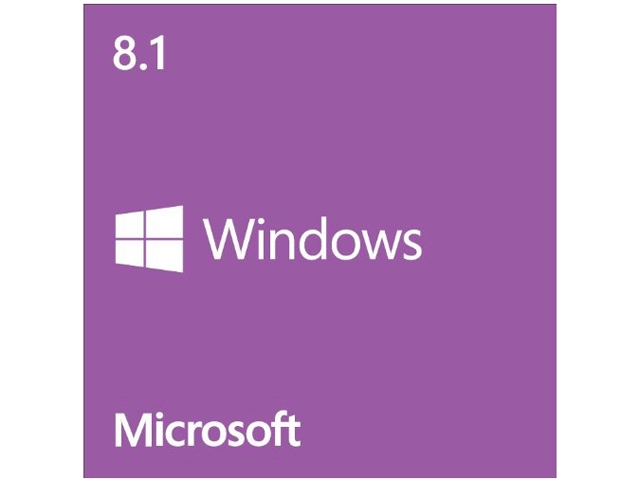
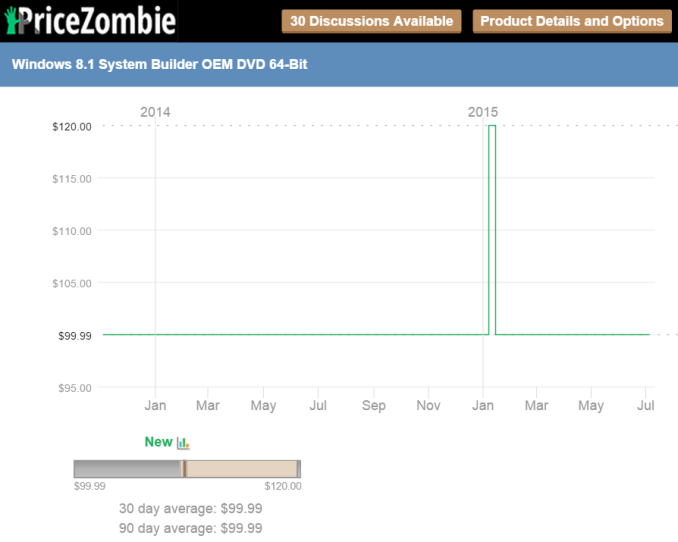














117 Comments
View All Comments
Silesius - Thursday, July 9, 2015 - link
Loved the article. IMO while performance wise Dustin's build is great, I think the days where computers are an ugly beast should be over. So I'm more aligned with Chinny's philosophy of building, even if it could use some improvement.Since the Fury launch I been wondering how small can you go with that kind of performance on Mini-ITX. Is a build like this possible?
PCPartPicker part list: http://pcpartpicker.com/p/qsvkrH
Price breakdown by merchant: http://pcpartpicker.com/p/qsvkrH/by_merchant/
CPU: Intel Core i5-4670K 3.4GHz Quad-Core Processor ($234.99 @ Amazon)
CPU Cooler: Thermaltake Water 3.0 Pro 99.0 CFM Liquid CPU Cooler
Motherboard: MSI Z97I AC Mini ITX LGA1150 Motherboard ($127.99 @ SuperBiiz)
Memory: Corsair Vengeance Pro 16GB (2 x 8GB) DDR3-2400 Memory ($104.99 @ Micro Center)
Storage: Crucial BX100 500GB 2.5" Solid State Drive ($179.99 @ Adorama)
Video Card: XFX Radeon R9 Fury X 4GB Video Card ($676.93 @ Amazon)
Case: Thermaltake Core V1 Mini ITX Tower Case ($37.99 @ Micro Center)
Power Supply: Corsair CSM 650W 80+ Gold Certified Semi-Modular ATX Power Supply ($87.47 @ Amazon)
Operating System: Microsoft Windows 8.1 OEM (64-bit) ($86.98 @ OutletPC)
Total: $1537.33
Prices include shipping, taxes, and discounts when available
Generated by PCPartPicker 2015-07-09 18:27 EDT-0400
I know that the Thermaltake Core V1 can accomodate Fury's water pump mounting it on the front instead of the 200mm fan. This would make a sweet looking machine and silent as well.
BrokenCrayons - Friday, July 10, 2015 - link
I've been interested in ITX form factors since VIA had acquired Cyrix and the IDT Winchip teams to sell their low-power C3 processors on Epia motherboards. They were sort of leading the charge for "adequate performing" low heat/noise/power computing in the first half of the last decade. Since the Atom came around, I used a Zotac motherboard with the ION chipset and an Atom 330. It was a fun little bite-sized system that I loved for how well it worked as a carryable system for LAN parties. While I think the Fury X isn't quite there yet because it requires you find space someplace for the watercooler which ultimate makes the card about the same total size as any other modern, high-end GPU, I'm excited to see what HBM can do to help more practical, cost-effective GPUs that are smaller, half-height cards cooled with a small HSF or can run with just a passive heatsink.Ryan Smith - Thursday, July 9, 2015 - link
I have removed some inappropriate and overall completely sad posts from the article. This is not Tinder; if you wish to continue being able to post comments, please behave like an adult.Southrncomfortjm - Thursday, July 9, 2015 - link
I like mine: http://pcpartpicker.com/p/Ys7qMptheMillen - Thursday, July 9, 2015 - link
BAM! 1496 after rebate (1554 before rebates) covers the essentials, but i believe with an i7 after dx12 becomes more prevelant, the extra threads may be more useful in a gaming capacity. 8gb of well reviewed ddr3 1600, 250gb 850 evo also well reviewed, but better yet, a non-reference 980 ti (and one of the best out right now)! the only downside is that you will have to use windows 10 tech insider for the forseable future (or until find a sale to move to retail license) but since m$ is being ms and letting you beta test past RTM there isn't a huge issue, as ive been testing mine on a rig only a little beefier than the one here with no issues well BEFORE RTM... and here you go! http://pcpartpicker.com/p/g6sfZL (oh did i forget to mention the sexy new design r5 is in there :-p along with an h100i to keep you i7 nice and cool while oc'd ;))ruthan - Friday, July 10, 2015 - link
Hmm, only 2 competitors in the race, this is boring, its like soccer league with 2 teams.About rigs im very disappointed - i would not recommend such build to my friends, Dustin build - is strongly crippled by only 240 GB disk=> whole machine for real user is joke, sorry but gaming computer in 2015 with 240 GB storage- you could have installed up to 5 games - great experience.
Other build is very boring without any interesting idea with lots gimmicks included and as icing is there noisy Zotac G970..
Half of readers would do better job.
BrokenCrayons - Friday, July 10, 2015 - link
There should be more competition later in other budget brackets in the same format if I understand how things are supposed to be setup, but comparing more than two computers from two different companies might get pretty complicated to keep track of from a reader perspective and tougher to present in a single article. Besides, this isn't supposed to be an out-for-blood competition. It's more just for fun and a great way to stage a hardware giveaway so try not to take it too seriously.Besides that, I really like how both Corsair and Zotac are able to reach out to their customers through this competition. Lots of us aren't surprised to see Dustin interacting in the comments section given his history with Anandtech in the past, but it's great to know other companies like Zotac are willing to interact with and listen to potential buyers on a personal level that goes beyond just marketing material, RMA support, and the stuff written on the outside of a product box.
Sushisamurai - Friday, July 10, 2015 - link
Nice! Zotac's build is actually pretty close to a new budget system I was thinking of building. I differ only in power supply, SSD/HDD, GPU (AMD).chittychitty - Friday, July 10, 2015 - link
I vote for Dustin's build.coconutboy - Friday, July 10, 2015 - link
Was really looking forward to these series of contests, and not just for the giveaway either. Ya'll didn't disappoint. The interview segment is great and really humanizes what would otherwise be a more sterile affair; keep this up! major kudos to Anandtech, Zotac and Corsair. I'm honestly really excited about these competitions, woo hoo!As far as crowning a champ, a lot of people posting in these comments are taking a very narrow view of what constitutes a "winner". I really appreciate that Dustin and Chinny/Buu took different approaches and both had portions of their builds that I would incorporate, and other parts that I would never touch. Specifically:
- I treat my computer chassis much like monitors, so I keep them for ~7-10 years and they sit ON my desk. This also means I am extremely concerned with noise and will not tolerate 50dB, much less the annoying whine & whoosh of blower reference gpus. With that in mind, no way would I ever buy the low-end cases recommended here. If Chinny or Dustin went that route, they'd get crucified in the comments by people favoring a different case so of course they went cheap. However, I'll bet a lot of us Anandtech readers spend over $100 on our cases. It might cost more the first time out, but it saves dollars the next time around when we don't need to upgrade our cheap-o POS. Similarly, I liked Chinny's cabling upgrades to keep things nice 'n' neat because that's something I'd do with my build (even though I'm not too fond of windows which, combined, probably causes conflict with some folk's sensibilities). Her choice of mobo & 750w PSU is major overkill tho, and wastes ~$70-90 that coulda gone elsewhere.
- I wouldn't consider building a 4k system for another 2-3 years because, for my tastes, it's currently too expensive versus the enjoyment I'd get out of spending that money on an overseas vacation or one of the upcoming VR headsets. This is the same reason I never built a 3-monitor or 3d gaming setup. Early adopters pay top $$ and often get burned. But that's just my opinon, and with 4k becoming more and more affordable, it's great to see Dustin tapping into the new Triplehead/Eyefinity/3d Surround.
- I really like gamer100k's build as a different approach, but it's horribly deficient for my noise-sensitive tastes. I LOVE the case, but a gtx 980ti in that thing is gonna be a jet engine. The tiny ssd and 8GB of RAM are also deal-breakers.
Without digging through newegg, if it was my rig, I wouldn't need a case or PSU so I'd save right there. I'd also settle for nothing less than:
- 16GB RAM
- gtx 970 (great for now, saves money for a huge upgrade when something new hits in 2016-17)
- 500GB ssd
- 2TB hdd (local storage trumps NAS/media server, which I'd still have anyhow)
- closed-loop cpu cooler